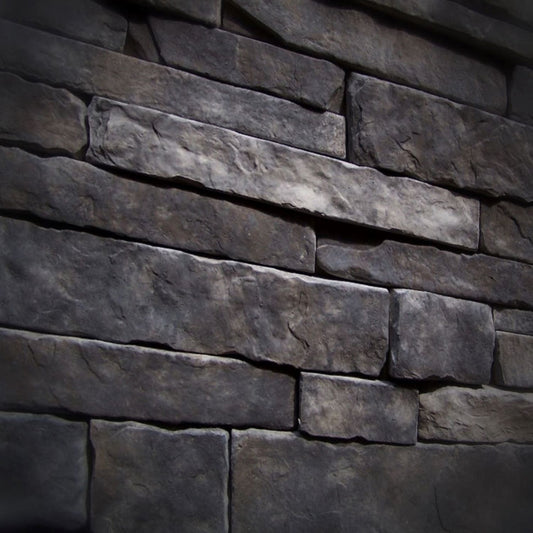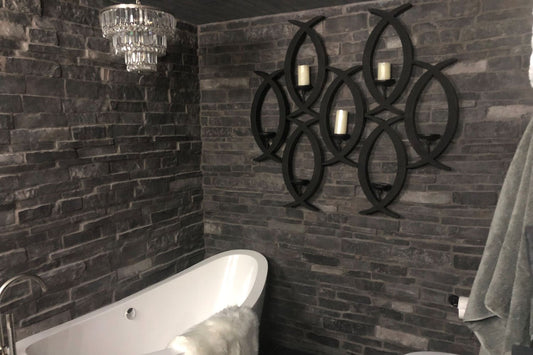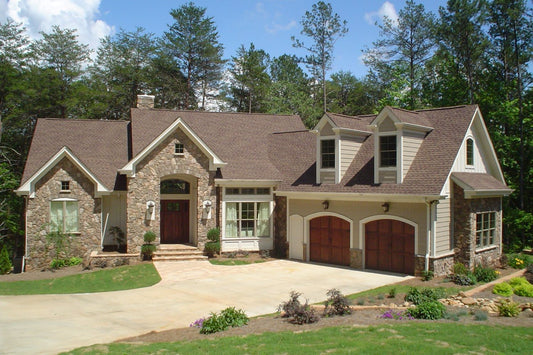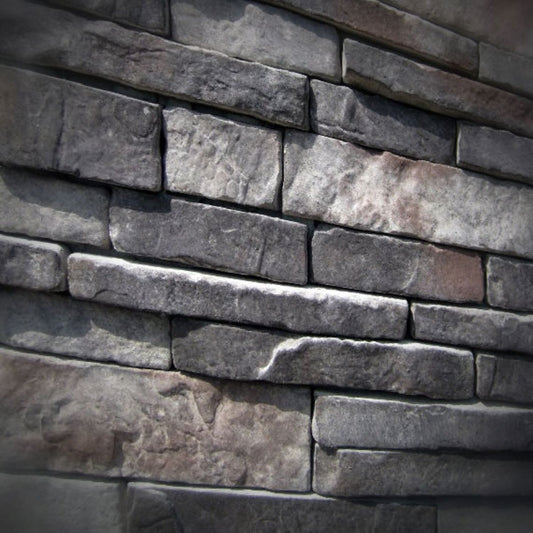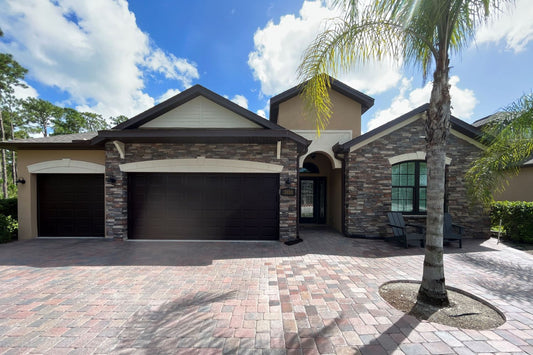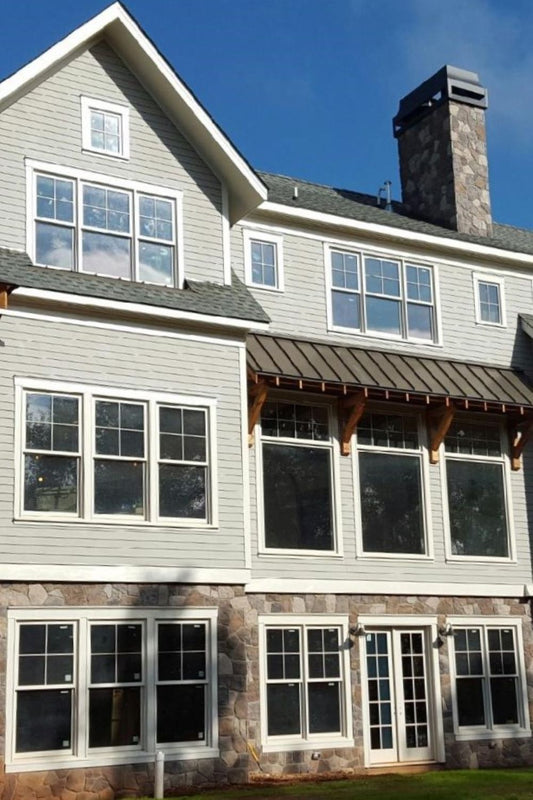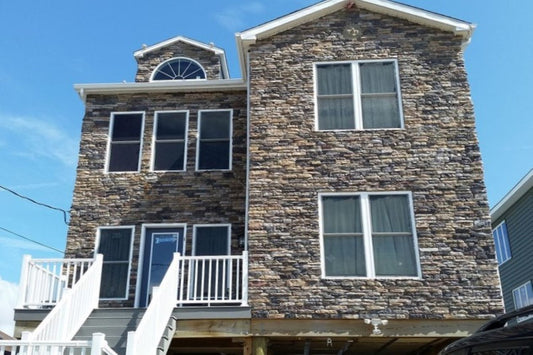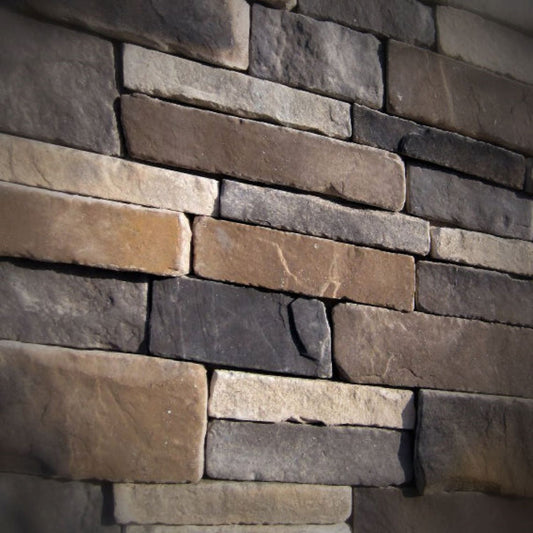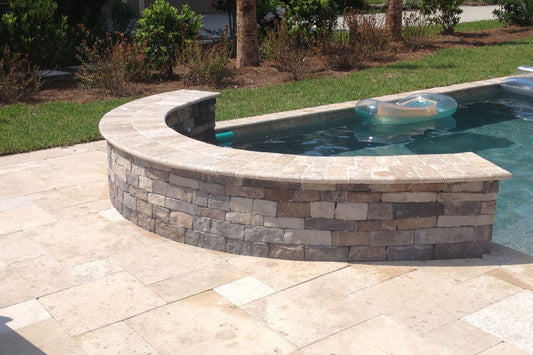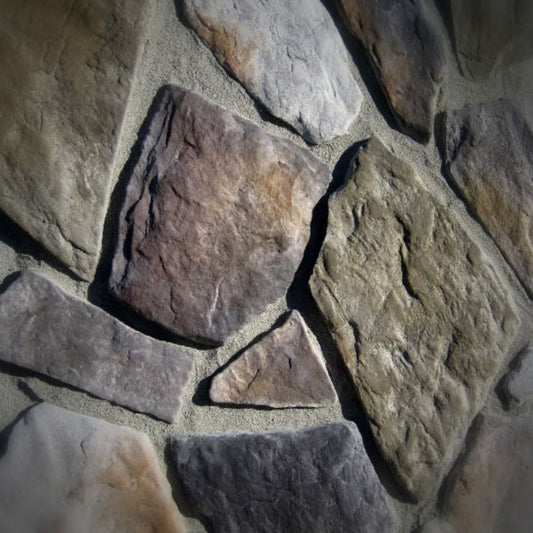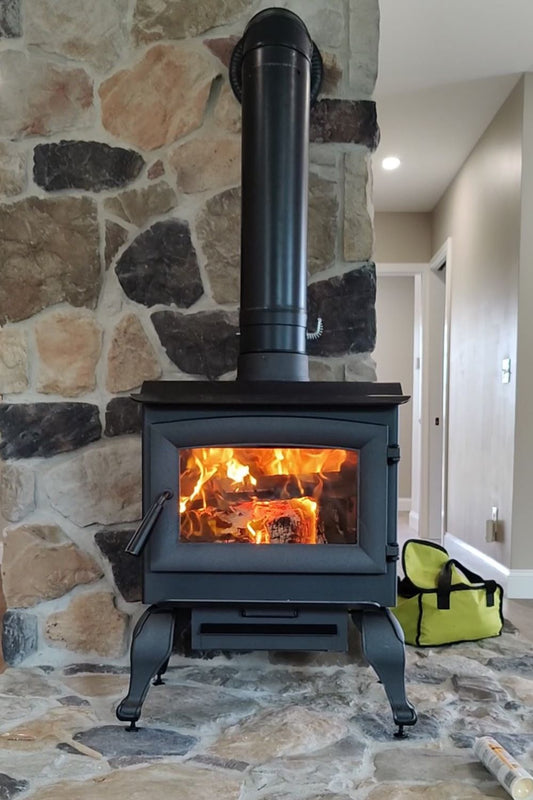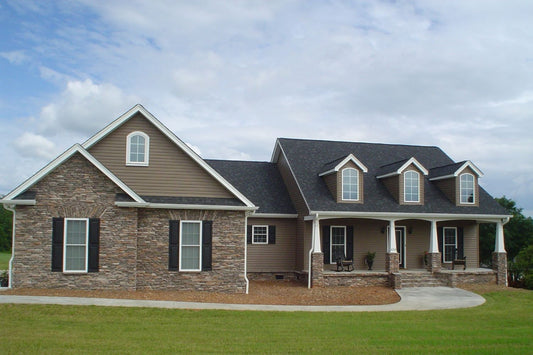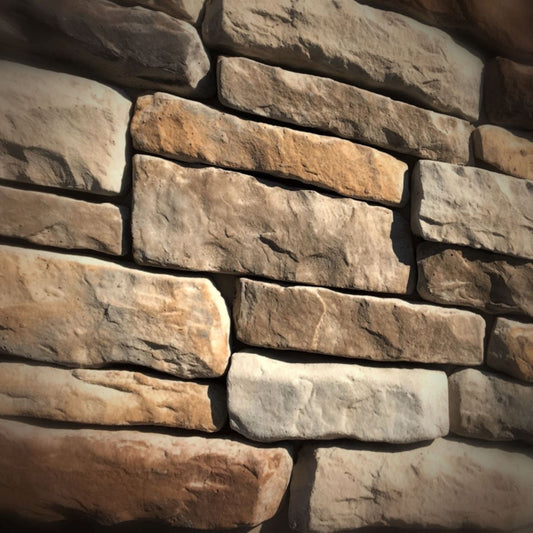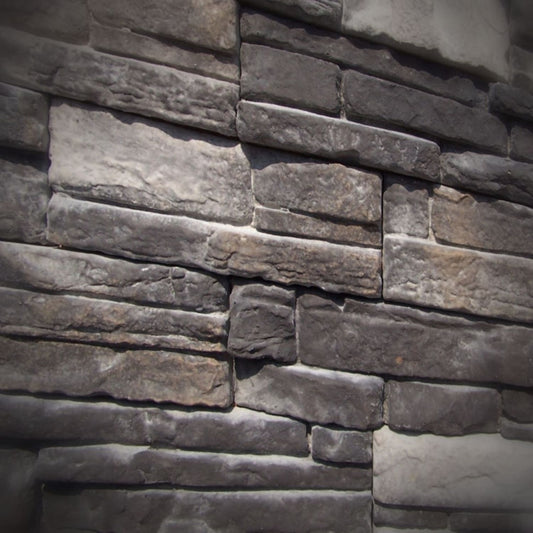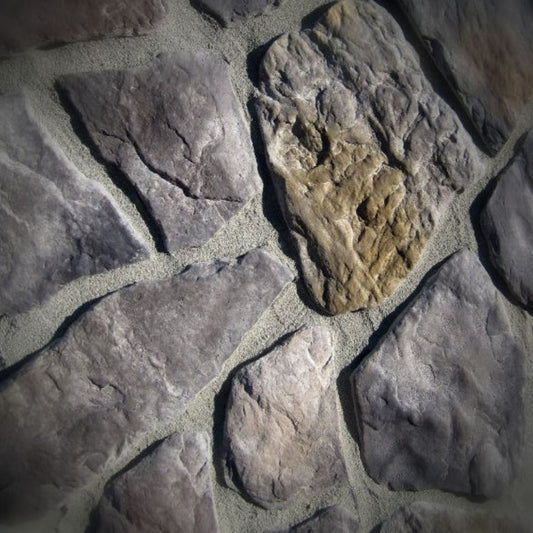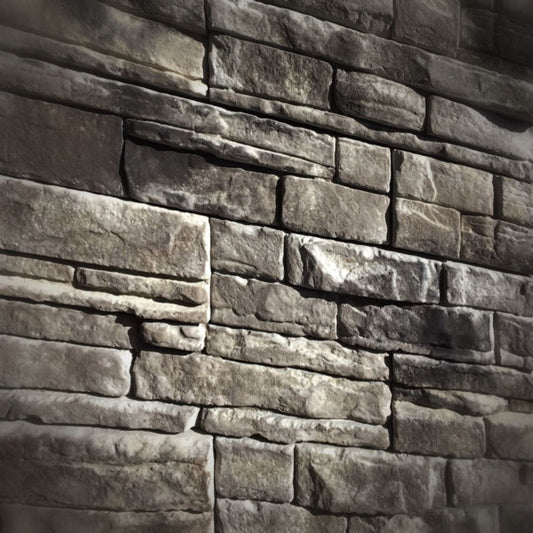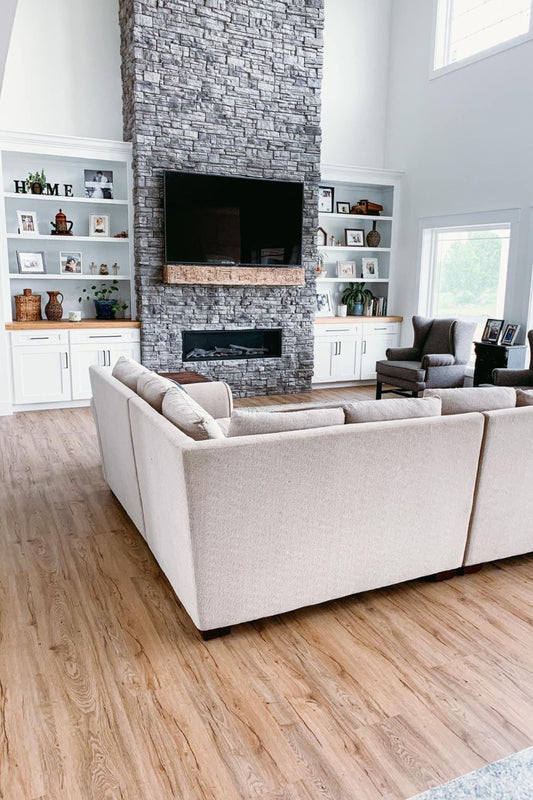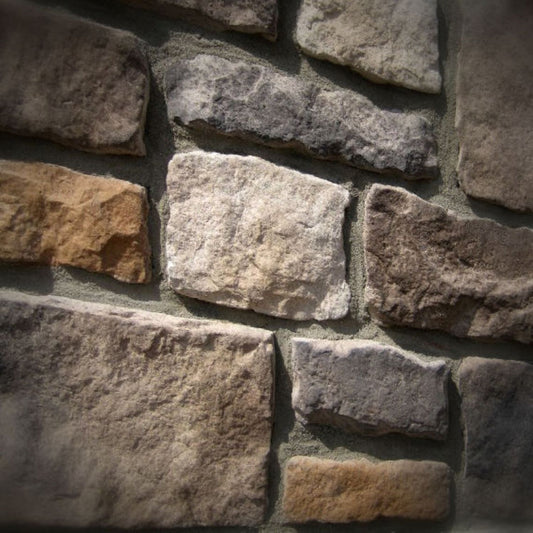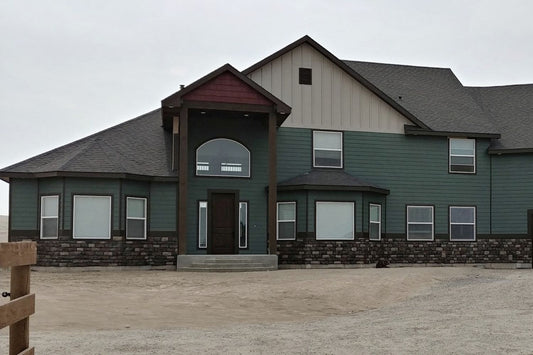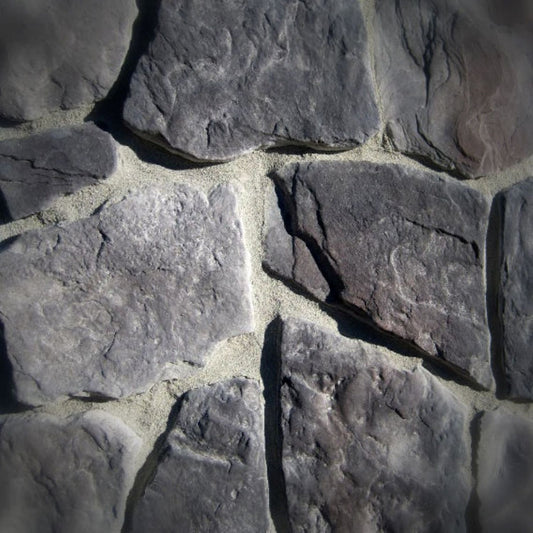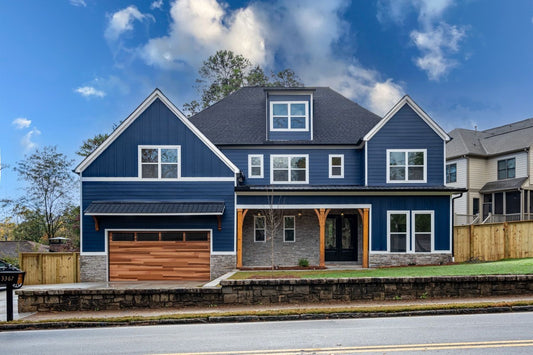
Combining Stone Veneer and Other Siding Types
Share
Looking to give your home exterior a more upscale, dynamic appearance? Installing stone veneer alongside other types of siding, such as vinyl, fiber cement, wood, or stucco, is a smart way to add depth, contrast, and timeless curb appeal. Whether you're working on a new build or refreshing an older home, blending siding materials can transform the look and feel of any structure. In this post, we’ll guide you through design ideas, best practices, and installation tips for successfully combining manufactured stone veneer with other siding types.
Why mix stone veneer with other siding?
Combining different siding materials is a growing trend in residential design, especially in craftsman, modern farmhouse, and contemporary styles. Here’s why:
1. Visual contrast: stone veneer brings texture and a natural look that contrasts beautifully with smoother finishes like fiber cement or stucco.
2. Curb appeal: the rich, dimensional look of stone creates visual interest that elevates your home’s appearance.
3. Cost-effective: manufactured stone veneer is lighter and more affordable than full stone, making it a budget-friendly accent material.
4. Durability: when properly installed, it holds up well alongside other weather-resistant sidings.
Ideal placement for stone veneer accents
Here are some popular locations where stone veneer pairs beautifully with other siding materials:
1. Front entries and porches: wrap columns or flank the front door with stone veneer for a warm, inviting welcome.
2. Wainscoting or lower third: install stone veneer on the lower portion of walls, with vinyl, fiber cement, or wood siding above.
3. Chimneys and foundation walls: stone is a natural fit for vertical elements like chimneys or retaining walls.
4. Garage exteriors: add stone around garage doors to frame the structure and break up large expanses of siding.
5. Accent walls or bump-outs: highlight architectural features by using stone veneer as a contrasting cladding.
Pairing stone veneer with common siding types
1. Vinyl siding & stone veneer: vinyl is lightweight and budget-friendly, while stone adds texture and contrast. Just be sure flashing and transition trims are installed properly to avoid water intrusion at material junctions.
2. Fiber cement (e.g., James Hardie) & stone veneer: fiber cement’s clean lines and durability make it a perfect complement to rustic or modern stone profiles. Use darker tones of stone with light-colored siding for a bold effect.
3. Wood siding & stone veneer: pairing natural wood with manufactured stone creates a warm, organic look. This combo is ideal for cabin-style homes or cottages. Use proper moisture barriers behind both materials to protect from rot and mold.
4. Stucco & stone veneer: smooth stucco contrasts nicely with rougher stone textures. This is a common combo in Southwestern, Mediterranean, and Tuscan designs. Carefully plan transition details to avoid cracking or moisture problems.
Installation tips for a clean, long-lasting finish
1. Use appropriate flashing and drainage planes: proper moisture management is key when transitioning between stone and other siding materials. Install flashing where different materials meet (e.g., Z-flashing or weep screeds).
2. Mind expansion gaps: materials like vinyl siding expand and contract. Ensure proper spacing and trim are used so siding doesn’t buckle or press against the stone.
3. Start from the ground up: begin with the stone veneer, especially if it’s used as a lower accent. Then install the upper siding, overlapping the transition and covering joint lines with appropriate trim or flashing.
4. Match colors and styles thoughtfully: choose stone veneer colors that harmonize with the rest of your siding and roofing. Many stone veneer lines offer a range of tones to match popular siding colors.
5. Use complementary trim pieces: capstones, outlet boxes, water boxes, and sills are available to give your stone veneer installation a polished, professional finish.
A word on maintenance
Each material may require different care. Vinyl and fiber cement are relatively low maintenance, while manufactured stone veneer may need periodic cleaning with mild soap and water. Avoid pressure washing directly, unless your stone is sealed and rated for it. Always check manufacturer guidelines for cleaning and sealing.
Combining stone veneer and other siding types
Combining manufactured stone veneer with other types of siding is a smart way to elevate your home’s exterior design. From warm and rustic to bold and modern, this approach adds architectural interest while staying within your budget. With proper planning, installation, and finishing touches, your mixed-material exterior can stand out for all the right reasons.
You may also like
Best stone veneer styles for modern homes: Stone veneer styles for a sleek look.
Stone veneer vs. vinyl siding: Which is best for your home exterior?
Stone veneer mortar vs. adhesive: Why Type S mortar is the best adhesive for stone veneer.
What's next?
Bring your vision to life with our premium stone veneer! Shop now to discover the perfect style or order a sample to experience the texture and color up close. Let’s start your project today!
Have a question?
Please see our full terms of service.
For general information and questions please call: (864) 882-8960 Mon. - Fri. 8am - 5pm (EST) or email: info@mountainviewstone.net we are more than happy to help you.
Or you can submit your questions via our contact us page.
We look forward to working with you on your upcoming project.
The Black Bear Mountain Stone Team

